The Tseltalero Dress: A Story About Resistance, Creation and Sharing
A text by María Naidich
“Look sister, all things have a heart, all things live even if you can’t tell. Look at this stone that works as a bench for us. It too has a heart. Your eyes can’t tell, you can’t hear it either, you don’t know it either because you don’t see how it lives, how it moves. You don’t know how it lives. I mean, you don’t see it or feel it. But it does live. It does move, even if very, very slowly. It has a heart. Believe me.”1

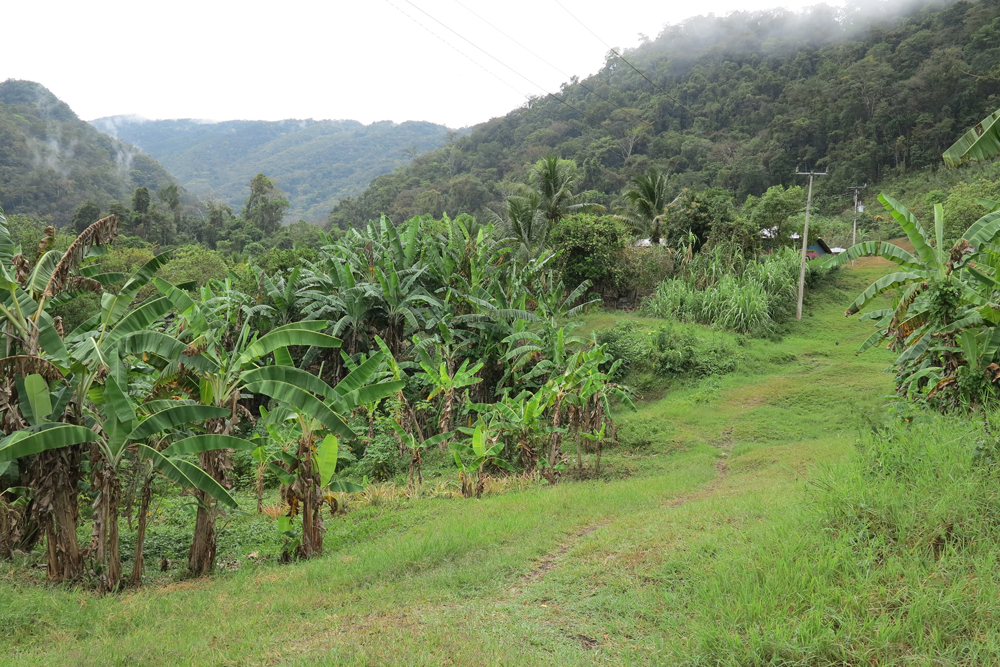
This first Booklook issue shares a text by artist and researcher María Naidich about the Tseltalero dress, a garment created and worn by women from both Tseltal and Tojolabal communities in the Lacandon jungle, in southeastern Mexico. The Tseltalero dress represents an expression of women’s resistance to centuries of control over their clothing since the colonial times. It is a garment that is produced collectively and strengthens relationships between women, allowing them to organize and function autonomously. María’s research on this dress is developed in conversation with the Tojolabal community of San Gregorio la Esperanza. It explores the complex value of this dress within the Tojolabal and Tseltal worldview, sharing some ideas about beauty, garments and the body from a non-Eurocentric perspective.

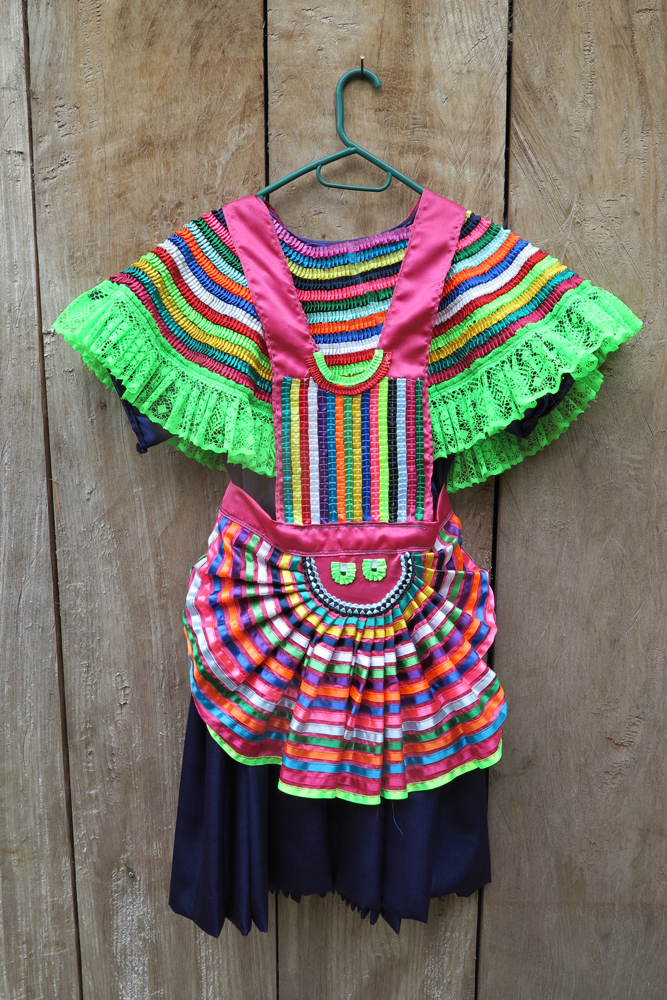
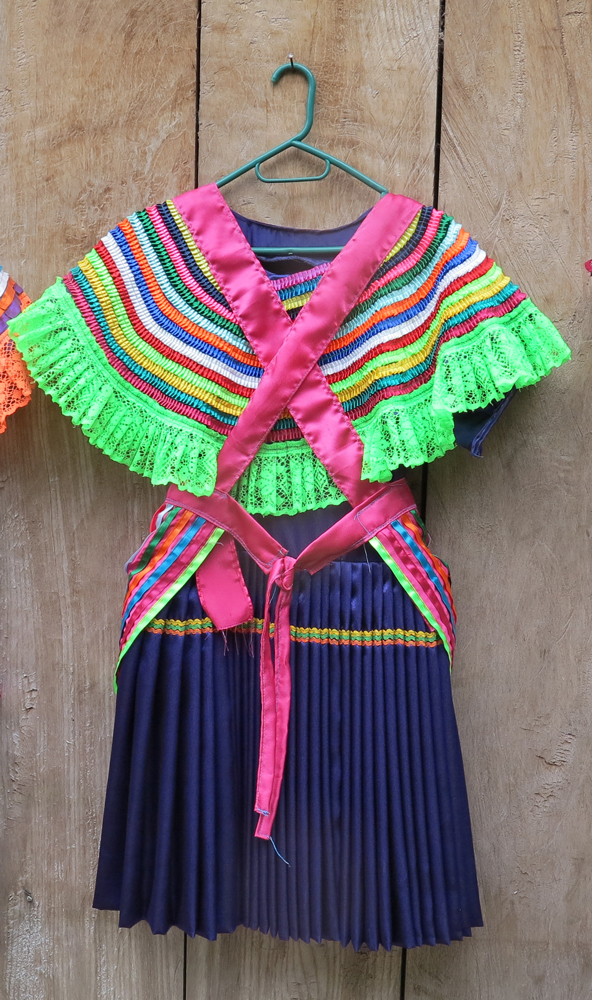
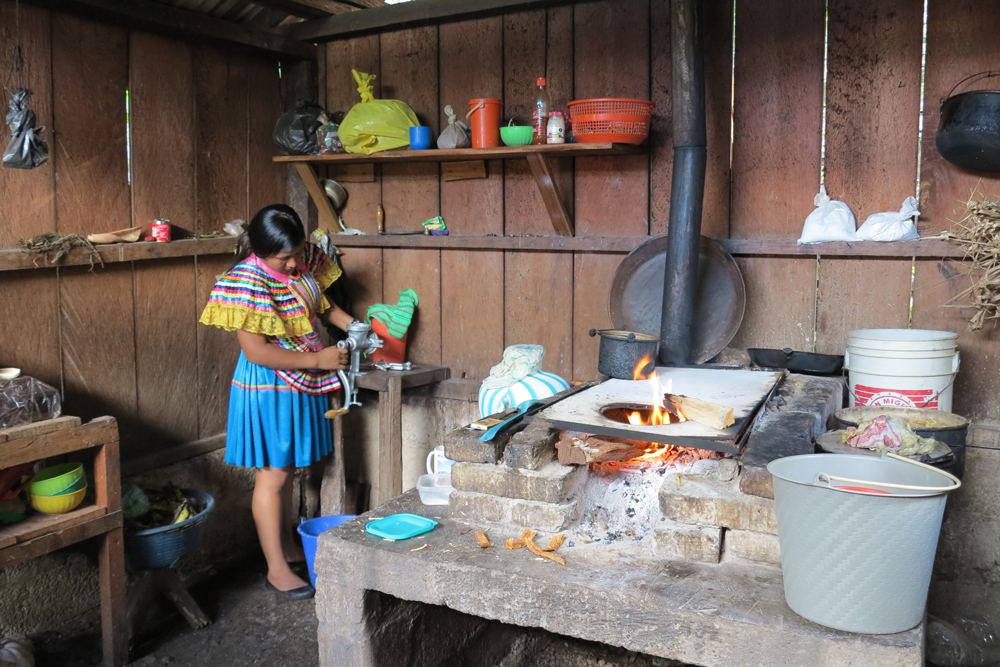
The text of this issue is accompanied with several voice recordings from Mari Flor Aguilar, Juana Mariola Hernández & Jose Mario Aguilar from San Gregorio la Esperanza, as well as a writers note from María Naidich and editors note from Valentina Sarmiento. You can listen to these recordings via the following link.



Download PDF: The Tseltalero Dress: A Story About Resistance, Creation and Sharing, text by María Naidich,developed in conversation with the Tojolabal community of San Gregorio la Esperanza.
1 Lenkersdorf, Carlos. Los hombres verdaderos, voces y testimonios tojolabales. México: Siglo XXI editores, 2017.
El vestido tseltalero: un relato sobre resistir, crear y compartir
Un texto de María Naidich“Mira hermana, todas las cosas tienen corazón, todas las cosas viven aunque tú no te des cuenta. Mira esta piedra que nos sirve de banco. También ella tiene corazón. Los ojos no te lo dicen, tampoco lo oyes, ni lo sabes, porque no ves cómo vive, cómo se mueve. Tú no sabes cómo vive. Otra vez te digo, no lo ves ni lo sientes. Pero sí vive. Sí se mueve, aunque muy, muy despacito. Tiene corazón. Créeme.”1
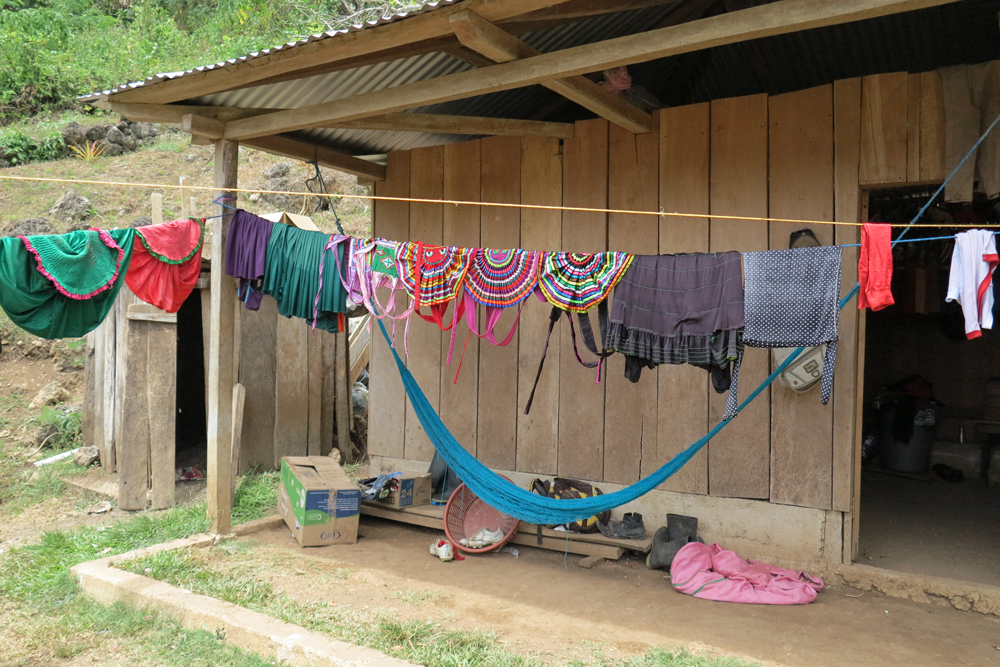

El primer número de Booklook comparte un texto de la artista e investigadora María Naidich sobre el vestido tseltalero, una prenda creada y vestida por mujeres de comunidades tseltales y tojolabales de la selva lacandona, en el sureste de México. El vestido tseltalero representa una expresión de resistencia de las mujeres de la región ante siglos de control sobre su vestimenta desde la época colonial. Es una prenda que se realiza colectivamente y que fortalece las relaciones entre mujeres, permitiéndoles organizarse y funcionar de forma autónoma. La investigación de María sobre este vestido se desarrolla en conversación con la comunidad tojolabal de San Gregorio la Esperanza, y explora el complejo valor de este vestido dentro de la cosmovisión tojolabal y tseltal, compartiendo algunas ideas sobre la belleza, la indumentaria y el cuerpo desde una episteme no eurocéntrica.




El texto de este número está acompañado de varias grabaciones con las voces de Mari Flor Aguilar, Juana Mariola Hernández & Jose Mario Aguilar de la comunidad San Gregorio la Esperanza. Una nota de la autora María Naidich y una nota de la editora Valentina Sarmiento Cruz. Puedes escuchar las grabaciones en el siguiente link.



Descargar PDF: El vestido tseltalero: un relato sobre resistir, crear y compartir, un texto de María Naidich.
1 Lenkersdorf, Carlos. Los hombres verdaderos, voces y testimonios tojolabales. México: Siglo XXI editores, 2017.
